 W
WThe order of battle for the Battle of Ayacucho proceeded as follows:
 W
WThis is the order of battle for the Battle of Viluma, also known as the Battle of Sipe-Sipe, during the Spanish American wars of independence.
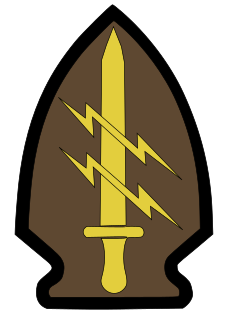 W
WThe order of battle of the Croatian (SJP) Specialne Jedinice Policia in english: The Special Police Unit in 1991–95 included up to 30 individual special forces units subordinated to the Ministry of the Interior. The special police was created around the Ministry of the Interior's existing airborne special forces unit following an open revolt of the Croatian Serbs against the Government of Croatia in August 1990. It further developed with the increasing involvement of the Yugoslav People's Army in the conflict, supporting the Croatian Serbs. The conflict escalated into the Croatian War of Independence in 1991. The special police took part in the first clashes of the war in Pakrac and at the Plitvice Lakes. As Croatia had no army, the 3,000-strong special forces became the country's most effective fighting force.
 W
WEthiopian forces in the Second Italo-Abyssinian War besides the Central Army were mobilized from various provinces under their local leader. According to 1935 Italian intelligence estimates of the Ethiopian provinces and their forces on the eve of hostilities, the Ethiopians had an army of 350,000 men. Strengths where known are noted followed by their leader. Modernized forces in Bold.
 W
WThe Battle of Fort George was a battle fought during the War of 1812, in which the Americans defeated a British force and captured Fort George in Upper Canada. The troops of the United States Army and vessels of the United States Navy cooperated in a very successful amphibious assault, although most of the opposing British force escaped encirclement.
 W
WThe Siege of Fort Meigs took place in late April to early May 1813 during the War of 1812 in northwestern Ohio, present-day Perrysburg. A small British Army unit with support from Indians attempted to capture the recently constructed fort to forestall an American offensive against Detroit, and its Fort Detroit in the Great Lakes region which the British from the north in Canada had captured the previous year. An American sortie and relief attempt failed with heavy casualties, but the British failed to capture the fort and were forced to raise the siege.
 W
WThe International Brigades (IB) were volunteer military units of foreigners who fought on the side of the Second Spanish Republic during the Spanish Civil War. The number of combatant volunteers has been estimated at between 32,000–35,000, though with no more than about 20,000 active at any one time. A further 10,000 people probably participated in non-combatant roles and about 3,000–5,000 foreigners were members of CNT or POUM. They came from a claimed "53 nations" to fight against the Spanish Nationalist forces led by General Francisco Franco and assisted by German and Italian forces.
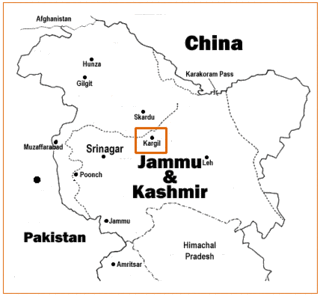 W
WThe Kargil War order of battle (KWORBAT), is a deposition and systematic combatant structure of the Indian Army troops and the unified Pakistan Armed Forces combat commands, active in the Kargil region in 1999, during the Kargil War. The Indian Army orbat is based on the publications provided by the Indian military authors, news media and official sources.
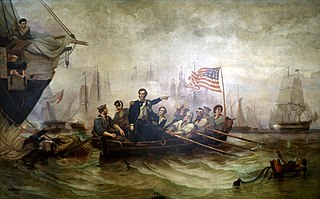 W
WThe Battle of Lake Erie, sometimes called the Battle of Put-in-Bay, was fought on 10 September 1813, on Lake Erie off the coast of Ohio during the War of 1812. Nine vessels of the United States Navy defeated and captured six vessels of the British Royal Navy. This ensured American control of the lake for the rest of the war, which in turn allowed the Americans to recover Detroit and win the Battle of the Thames to break the Indian confederation of Tecumseh. It was one of the biggest naval battles of the War of 1812.
 W
WThe Battle of Lundy's Lane, also known as the Battle of Niagara Falls, was a battle fought during the War of 1812, which took place on 25 July 1814, in present-day Niagara Falls, Ontario. It was one of the bloodiest battles of the war, and one of the deadliest battles ever fought in Canada, with over 1,731 casualties including 258 killed.
 W
WThe Battle of Magersfontein was fought on 11 December 1899, at Magersfontein near Kimberley, South Africa, on the borders of the Cape Colony and the independent republic of the Orange Free State. British forces under Lieutenant General Lord Methuen were advancing north along the railway line from the Cape in order to relieve the Siege of Kimberley, but their path was blocked at Magersfontein by a Boer force that was entrenched in the surrounding hills. The British had already fought a series of battles with the Boers, most recently at Modder River, where the advance was temporarily halted.
 W
WThe Battle of Maipú was a battle fought near Santiago, Chile on April 5, 1818 between South American rebels and Spanish royalists, during the Chilean War of Independence. The Patriot rebels led by Argentine general José de San Martín effectively destroyed the Spanish forces commanded by General Mariano Osorio, and completed the independence of the core area of Chile from Spanish domination.
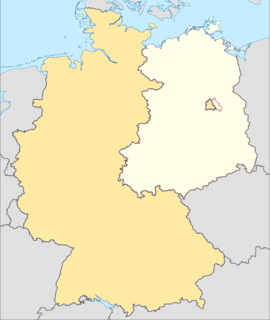 W
WThe Northern Army Group (NORTHAG) was a NATO military formation comprising five Army Corps from five NATO member nations. During the Cold War NORTHAG was NATO's forward defence in the Northern half of the Federal Republic of Germany (FRG). The Southern half of the Federal Republic of Germany was to be defended by the four Army Corps of NATO's Central Army Group (CENTAG). During wartime NORTHAG would command four frontline corps and one reserve corps. Air support was provided by Second Allied Tactical Air Force.
 W
WIn course of the Raqqa campaign (2016–17), an international coalition, primarily composed of the Syrian Democratic Forces and CJTF–OIR, captured the Raqqa Governorate from the Islamic State of Iraq and the Levant, which had declared Raqqa city the capital of its self-proclaimed caliphate.
 W
WThe order of battle of Australian forces during the Vietnam War consisted of a small group of military advisors from 1962, but grew to include an infantry battalion based in Bien Hoa in 1965. This force was then replaced by a two- and later three-battalion task force with supporting arms based at Nui Dat which operated primarily in Phuoc Tuy Province between 1966–71, with logistic elements at Vung Tau. Airforce units committed initially consisted of transport aircraft, but were followed by helicopters and later bombers, while naval forces included destroyers and transport vessels. With the size of Australian forces in Vietnam reaching a peak in early 1968, a drawdown commenced in late 1970, with the bulk withdrawn by early 1972. The last elements returned to Australia in 1973. In total, around 50,000 Australians served during the Vietnam War, including 42,437 members of the Australian Army, 3,310 from the Royal Australian Navy (RAN), and 4,443 from the Royal Australian Air Force (RAAF), with casualties including 519 killed and 2,348 wounded.
 W
WThis is the order of battle for the ground campaign in the Gulf War between U.S. and Coalition Forces and the Iraqi Armed Forces between 24–28 February 1991. The order that they are listed in are from west to east. Iraqi units that were not in the Kuwaiti Theater of Operations are excluded from this list. Some Iraqi divisions remained un-identified by American intelligence and a number of the details of the Iraqi order of battle are in dispute among various authoritative sources.
 W
WThe 1990–1991 Gulf War was the last major United States Air Force combat operation of the 20th Century. The command and control of allied forces deployed to the Middle East initially as part of Operation Desert Shield, later engaging in combat operations during Operation Desert Storm, were assigned to United States Central Command Air Forces (USCENTAF), the USAF component of the Joint United States Central Command.
 W
WThe Battle of Plattsburgh, also known as the Battle of Lake Champlain, ended the final invasion of the northern states of the United States during the War of 1812. A British army under Lieutenant General Sir George Prévost and a naval squadron under Captain George Downie converged on the lakeside town of Plattsburgh, which was defended by New York and Vermont militia and detachments of regular troops of the United States Army, all under the command of Brigadier General Alexander Macomb, and ships commanded by Master Commandant Thomas Macdonough.
 W
WThe Second Battle of Sacket's Harbor or simply the Battle of Sacket's Harbor, took place on 29 May 1813, during the War of 1812. A British force was transported across Lake Ontario and attempted to capture the town, which was the principal dockyard and base for the American naval squadron on the lake. Twelve warships were built here. The British were repulsed by American regulars, militia, marines and sailors.
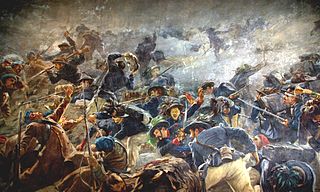 W
WDuring the Crimean War between Russia and the alliance of France, the United Kingdom, the Ottoman Empire, and Sardinia, the latter sent an expeditionary force to the Crimean peninsula in the Black Sea.
 W
WThe following January 2019 order of battle is for the United States Coast Guard.